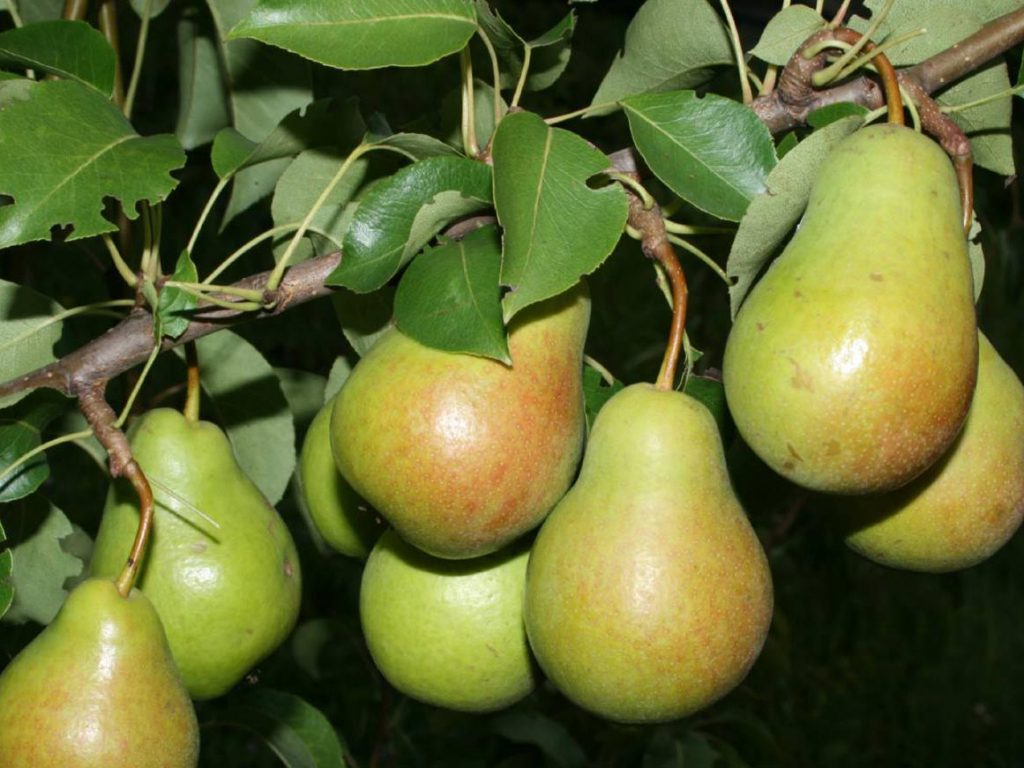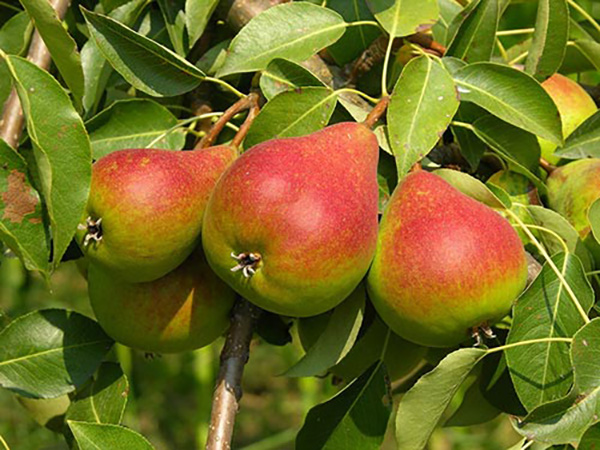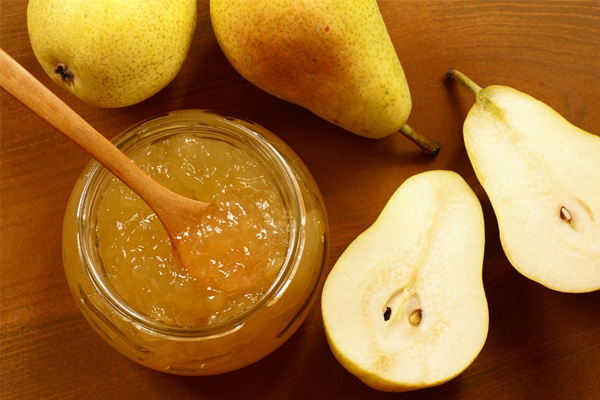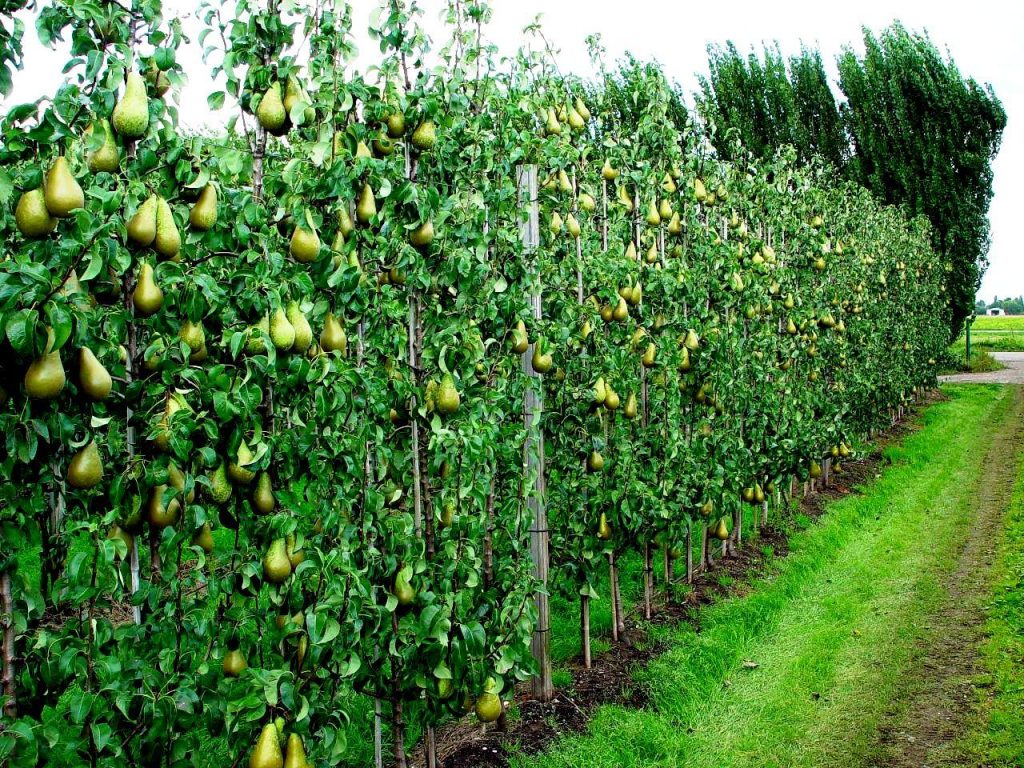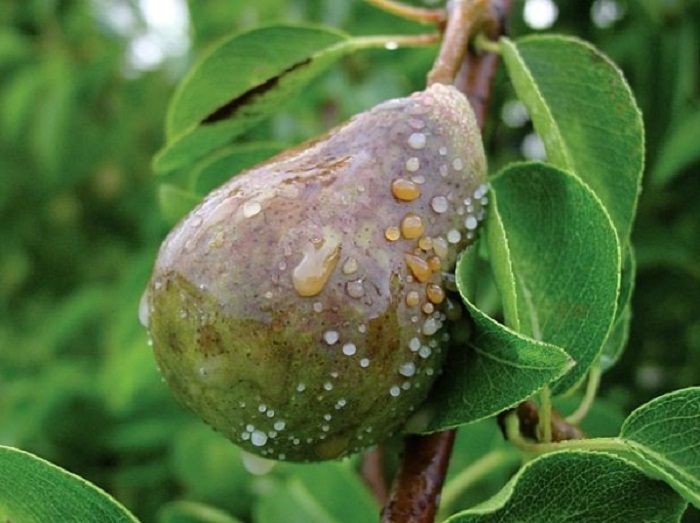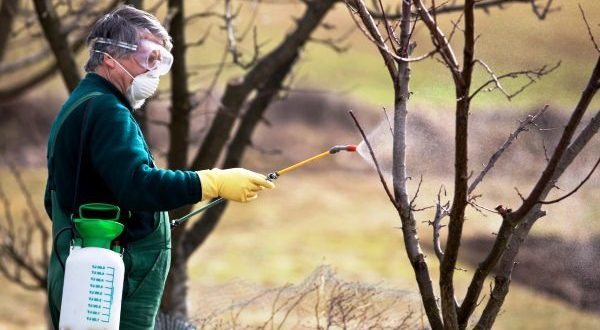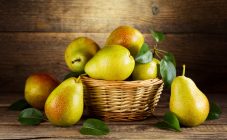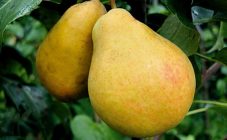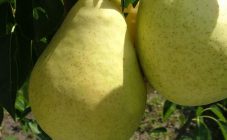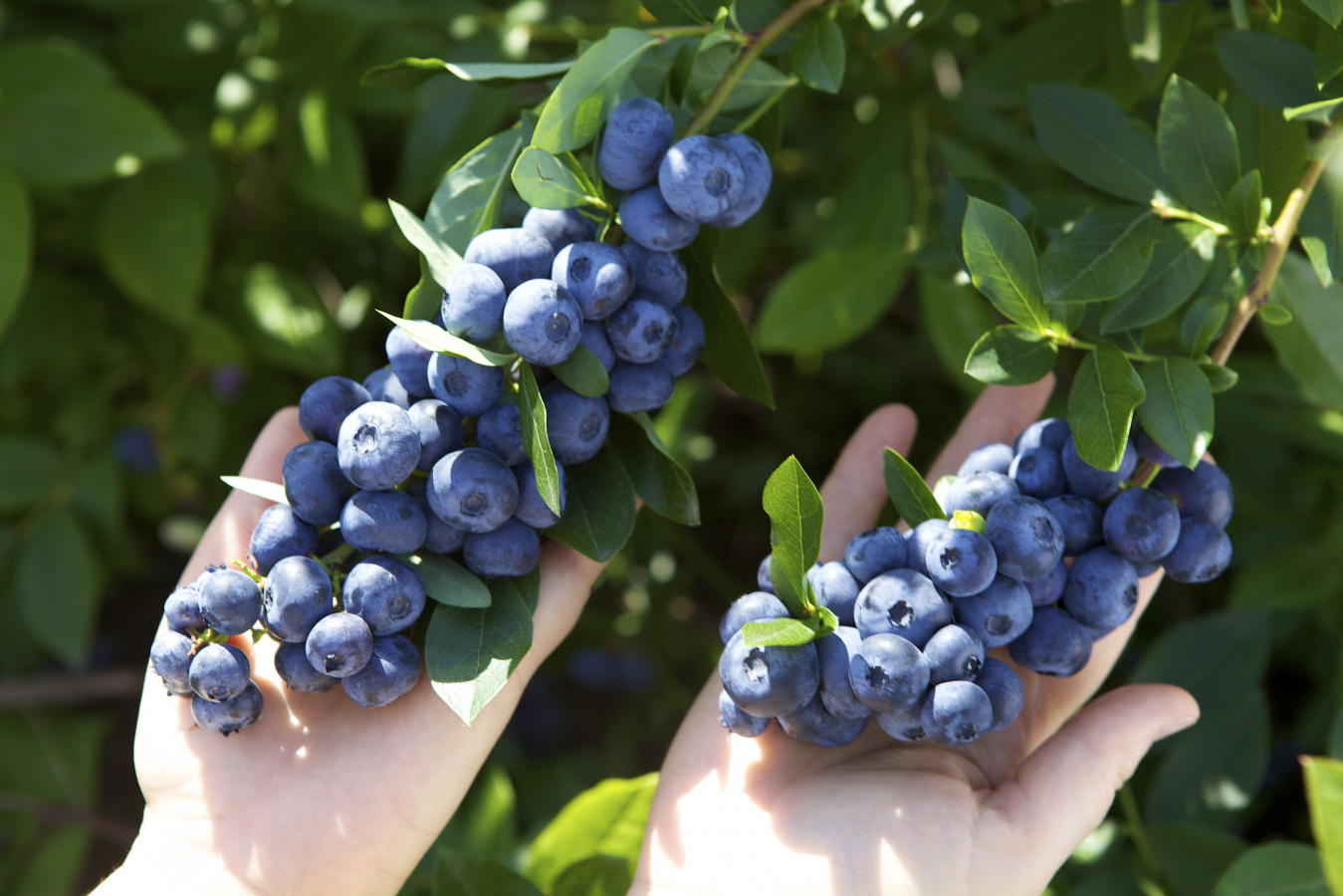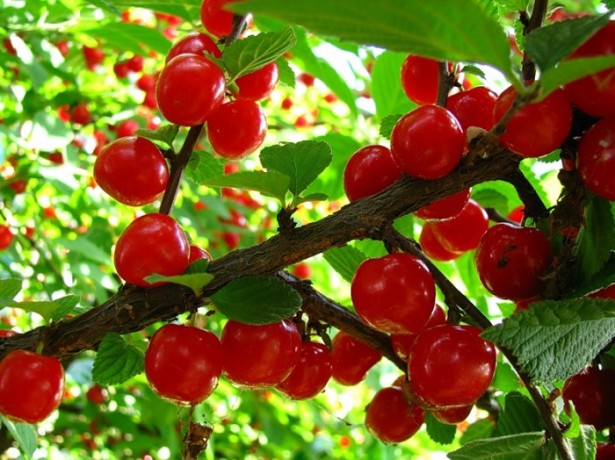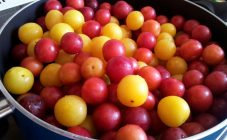Content:
TOP-10 varieties of pears for the Siberian climate
Siberia is a large territory in the Russian Federation with a very harsh climate. But lovers of fruits and vegetables also live there. For many years, agricultural technicians have been developing varieties of various fruit trees that are tested by the weather conditions of the taiga. The pear has taken root surprisingly well in this area. When planting this fruit tree, it is necessary to take into account all the nuances, non-observance of which is fraught with a failed harvest. When buying pear seedlings, you need to consider which varieties to choose specifically for Siberia. It is recommended to pay attention to winter hardiness, resistance to low temperatures and sudden changes, immunity to diseases and much more.
Ural breeders have bred several varieties of pears for Siberia:
- Isetskaya juicy;
- Taiga;
- Siberian;
- Lukashovka;
- Skorospelka Sverdlovsk;
- Perun;
- Svarog;
- Lel;
- Pink keg;
- Veselinka.
These fruit tree varieties have shown good resistance to low temperatures. The varieties Svarog, Taezhnaya, Sibiryachka and Lukashovka have the highest winter hardiness. Svarog, Taezhnaya and Sibiryaka have an average yield - during fruiting, you can collect up to 50 kg of crops from a tree. Lukashovka has overtaken all other varieties in terms of the number of fruits - it produces about 200 kg of fruits from one tree, but bears fruit in a year.
Dekabrinka has low levels of drought tolerance. This tree needs frequent watering and hilling. But, at the same time, it is quite resistant to various diseases, like the Perun variety. He, in turn, is not very popular, since it begins to bear fruit 7 years after planting. Stretches up to 5 meters high. It is also not self-pollinating.
Pear Lukashovka is not a pollinator. The Severyanka variety is 30% self-fertile, but it also needs a pollinator to get a larger yield. The Taiga pear tree is suitable for planting nearby, as it is also medium-sized, which will not allow the branches of two trees to get confused and interfere with each other. According to the description, the taiga pear differs from other varieties in that its fruits are very similar to apples. This species is very hardy.
A variety of pears called Isetskaya juicy has excellent immunity. Based on the same name, it becomes clear that the fruits of the Isetskaya juicy are not dry. The weight of one pear is approximately 100 grams. Compared to this variety, the Sibiryachka pear is considered small. The weight of its fruits reaches a maximum of 70 grams.
The early ripening Sverdlovskaya needs annual pruning, since the branches of the tree are very long, which has a negative effect on the amount of harvest. Bears fruit every year. The tree produces about 40 kg of fruit.
The Pink Keg variety produces crops annually. It is characterized by a pink color and a sweetish pear aroma.
The Lel variety gives about 40 kg of fruits per tree. Of all the varieties listed above, only Lel has poor fruit preservation. They are stored for no more than 1 week. But the fruit tastes sweet and juicy.
From such a widespread fruit, various jams, jams, juices, compotes, etc. are well obtained, and it also has a sweet taste when consumed fresh.You can make candied fruits, the sweetness of which does not need advertising.
Cultivation technique
It is recommended to choose a place for planting a tree next to any building. This will protect it from strong winds and snow. If this is not possible, then for the winter period the pear must be wrapped with agrofibre or any other material. The optimal planting period is autumn.
Before planting, the roots of the seedling can be held in a superphosphate solution. This will nourish the root system and ensure its high-quality regeneration.
After planting a seedling, its branches need to be pruned, since the pear roots grow rather slowly, the seedling must spend all the useful organic and mineral nutrients to improve them, and the top of the tree will receive nutrition later.
On the site, you need to have several trees of different varieties, since the pear does not self-pollinate, respectively, the presence of several varieties of one crop will allow you to harvest a good harvest.
With a small area for planting, you can choose columnar pears. Growing columnar pears will not pose any problems. The peculiarities of caring for this crop are the same, differences exist only in pruning branches.
The pear should be planted away from poplars, since the leafworm is considered the most common pest of this crop, and it lives and multiplies on poplar leaves. No less common pear disease is bacteriosis. It affects the whole branch, the leaves turn black on it, and when cut you can see clogged black channels. If such a disease has been detected, the branch must be cut off, the place of the cut must be abundantly watered with alcohol or cologne (you can use vodka), and then cover it with garden pitch.
The following varieties are considered scab resistant:
- Taiga;
- Perun;
- Veselinka.
Another fruit disease is fruit rot. In the presence of this disease, pears begin to blacken and rot. To prevent fruit rot from becoming widespread, it is recommended to remove the affected fruits, and treat the rest with lime in a ratio of 1 kg per 10 liters of water.
The following varieties are resistant to this disease:
- Lukashovka;
- Pink keg;
- Svarog.
Young trees that have not yet developed immunity suffer from a disease such as powdery mildew. In this disease, the leaves of the tree are covered with a milky white bloom, and then curl into a tube and dry out. The disease most often manifests itself in the spring. All affected leaves are removed and burned, and the tree is treated with soda in a ratio of 40 grams per bucket of water. Also, 15 grams of liquid soap must be added to the solution.
The following varieties are resistant to this disease:
- Siberian;
- Tight juicy;
- Skorospelka Sverdlovsk.
The benefits of winter hardy pears
Recently, breeders have developed enough varieties of pears that are suitable for the Siberian climate. But all the same, this agriculture requires careful care. Regardless of the variety, the Siberian pear is very susceptible to light and soil conditions, so special attention should be paid to the planting site.
The advantage of varieties suitable for a harsh winter climate, first of all, is frost resistance. Those varieties that entered the TOP-10 showed high resistance to low temperatures. Also, the undoubted advantage is the high yield of pears. The fruits of this crop are very juicy and sweet.Most of the fruits are very easy to transport, winter-hardy varieties have a long shelf life. With proper and careful care, the tree will only look prettier. Delicious winter-hardy pears for Siberia will be a wonderful decoration of the table. Consuming these fruits will provide the body with essential minerals and vitamins.
